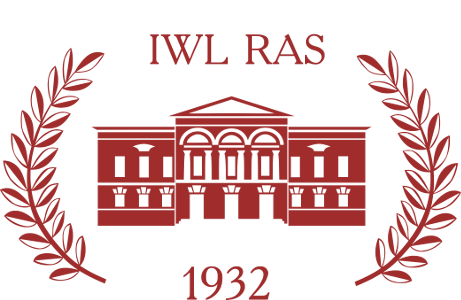About the author
Elena A. Osminina, DSc in Philology, Associate Professor, Professor of the Department of world culture, FSBEI HE Moscow State Linguistic University, 38 Ostozhenka st., 119034 Moscow, Russia.
E-mail:
ORCID ID: https://orcid.org/0000-0003-4990-7220
Abstract
The article analyzes the image of the summer cottage (dacha) in the four essays (1925–1935) by V. Nikiforov-Volgin and in the epopee “Sun of the Dead” (1923) by I. Shmelev. The essays describe the summer cottages near the Narva Bay. Their abandonment is a sign, that the old Russian life, everyday life, is leaving modern Estonia. The epopee depicts the summer cottages of the “Professorial corner” near Alushta, devastated by the Red Terror in the Crimea. The image is animated, the fate of the cottage associated with the fate of its owner. The destruction aggregated to the size of the universe, becomes a sign of the victory of Chaos over the Cosmos.


